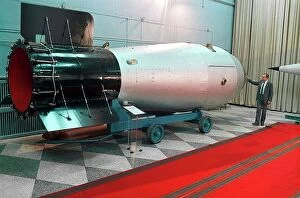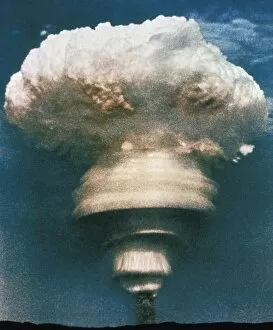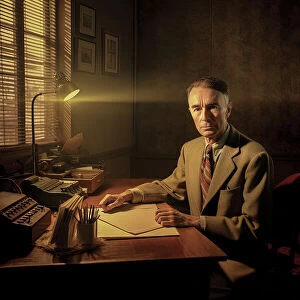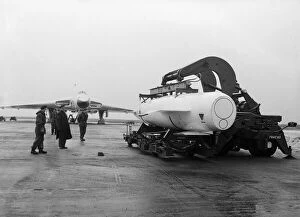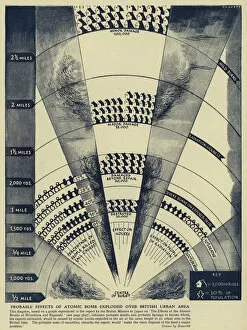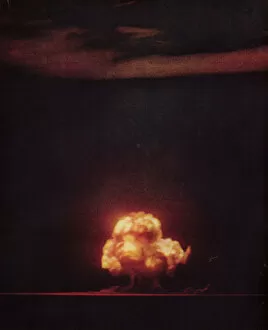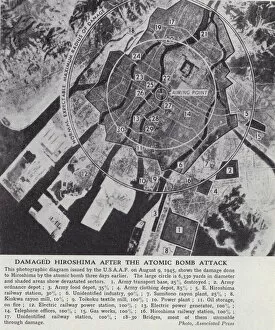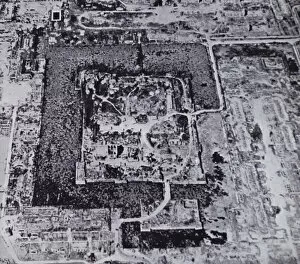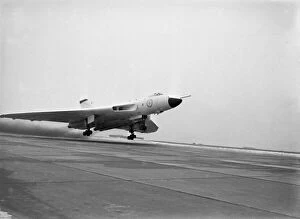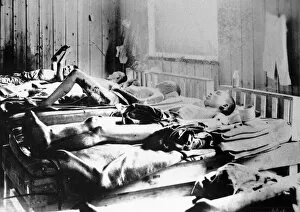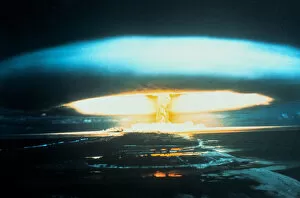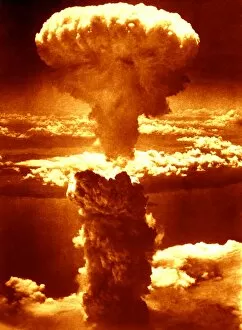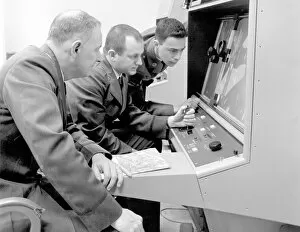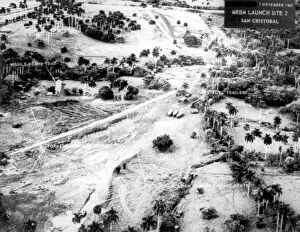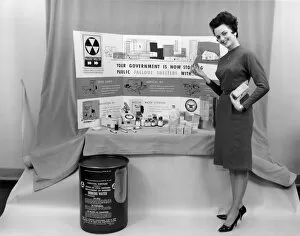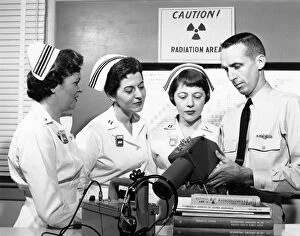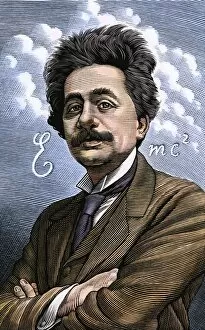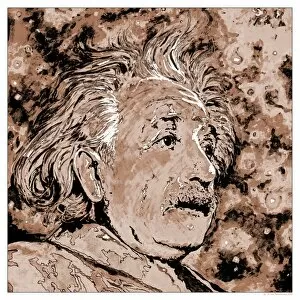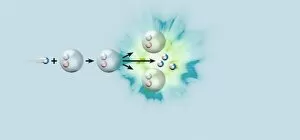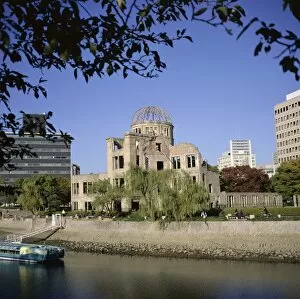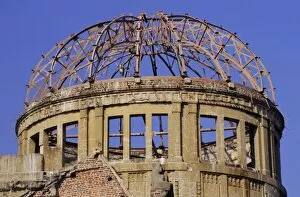Atom Bomb Collection
The devastating power of the atom bomb: a historical journey through destruction and scientific advancements
For sale as Licensed Images
Choose your image, Select your licence and Download the media
The devastating power of the atom bomb: a historical journey through destruction and scientific advancements. From the awe-inspiring Tsar Bomba nuclear weapon display to Great Britain's first atomic test in Australia, we witness the birth of a deadly era. China joins the race, exploding its first hydrogen bomb in 1967, while the UK showcases its nuclear deterrent with a Blue Steel missile at RAF Waddington. The predicted effects of an atomic bomb over British urban areas remind us of its horrifying potential. Intriguing snapshots take us back to pivotal moments: the US Army's test explosion at Alamogordo Bombing Range in 1945, marking mankind's entry into this destructive realm. Aerial views reveal Hiroshima's haunting aftermath as it becomes forever etched in history - both black and white images capturing the city before and after being ravaged by America's first atomic strike during World War II. The survivors' stories from Hiroshima echo resilience amidst unimaginable tragedy, reminding us of humanity's strength even when faced with such devastation. And then there was Bikini Atoll; witnessing a colossal 150-megaton thermonuclear explosion that shook our understanding of what destruction truly meant. This captivating journey concludes with Niels Bohr, Danish physicist extraordinaire whose contributions shaped our understanding of atoms and their immense power. As we reflect on these moments frozen in time, let them serve as reminders - reminders that humankind holds both incredible potential for progress and terrifying capacity for destruction.

